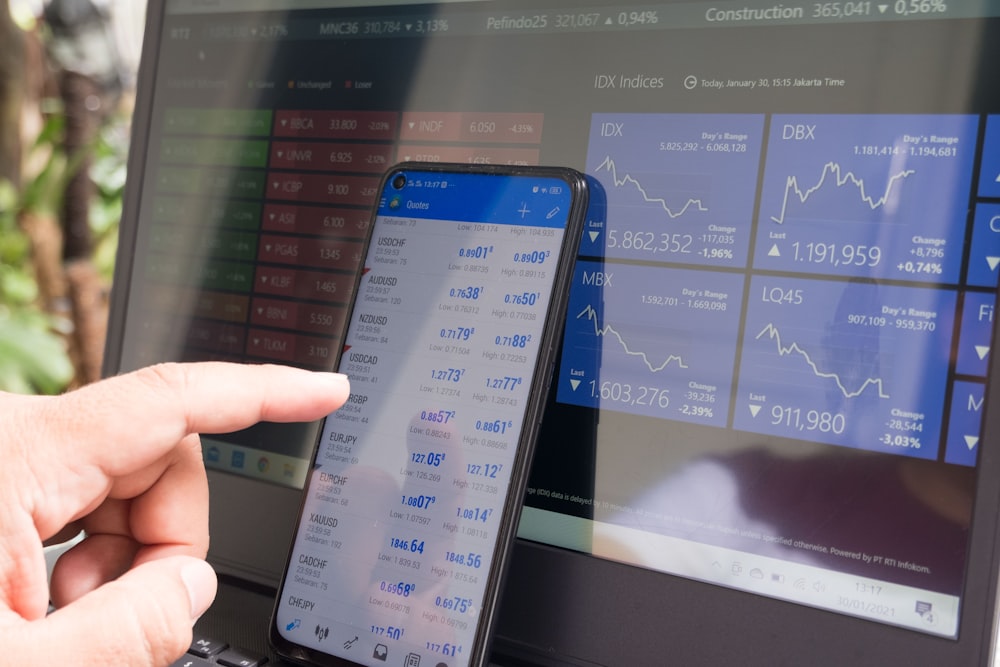Foot Locker Deal Calls For Some Fancy Footwork
Image Source: Unsplash
Dick’s Sporting Goods is taking a dangerous step. The U.S. retailer of everything from golf clubs to soccer balls agreed to buy sneaker chain Foot Locker for $2.4 billion, expanding its presence internationally and giving it greater negotiating power with vendors. At the price it’s paying, however, boss Lauren Hobart cannot afford any stumbles.
This would be the biggest acquisition in Dick’s 77-year history, adding a network of 2,400 stores across 26 countries. For the privilege, the buyer is offering Foot Locker’s investors $24 a share in cash, 87% higher than where it was trading pre-deal, or stock if they prefer. The premium adds up to almost $1.1 billion.
To justify the rationale, Dick’s anticipates between $100 million and $125 million of cost savings from the deal. Taxed at the standard U.S. corporate rate and capitalized, these synergies are worth nearly $900 million today, according to Breakingviews calculations. The 20% shortfall against the premium helps explain why Dick’s shares tumbled 14%, erasing the entire value of the deal.
There may be more than meets the eye, however. The combined company, if trustbusters sign off on the transaction, would control more than a fifth of the $41 billion U.S. athletic footwear market, according to UBS analysts. Owning Foot Locker also would nearly double the proportion of revenue that Dick’s generates from sneakers to roughly 50%.
As a result, it may be able to squeeze suppliers like Nike, which Dick’s will be increasingly dependent upon, even more than it is flagging. History suggests that retailers can slash costs equal to as much as 3% of a takeover target’s top line, which would imply a figure nearly twice as high as the top end of the touted range.
About 100 U.S. Foot Locker locations also overlap with Dick’s, Morgan Stanley analysts reckon, implying lease savings from less profitable shops. Cheaper sneakers also might attract more customers into stores, where they’re apt to pick up higher-margin apparel, too, and there’s scope to beef up online sales.
There’s little room for error, however, which will be harder to avoid as U.S. tariffs increase. The implied return on invested capital, using Foot Locker’s $205 million of expected 2026 operating income, based on LSEG data, and $125 million of savings, would exceed 10%. Dick’s weighted average cost of capital is about the same, Morningstar calculates. To make the deal a success will require some fancy financial footwork.
Context News
Dick’s Sporting Goods said on May 15 that it has agreed to buy rival Foot Locker for $2.4 billion, with ambitions to grow the sneaker chain by applying its operational knowhow. The combined company would have an estimated $21 billion of revenue from nearly 3,300 stores. Under terms of the deal, Dick’s agreed to pay $24 a share in cash or 0.1168 of its shares for each Foot Locker share. The buyer anticipates generating between $100 million and $125 million of cost savings in the “medium term.” Goldman Sachs is advising Dick’s and Evercore is advising Foot Locker.
More By This Author:
Russell 2000 Earnings Dashboard 25Q1 - Thursday, May 15Q1 2025 U.S. Retail Scorecard
Q1 2025 U.S. Retail Preview: Tariff Fears Drive Early Consumer Spending
Disclaimer: This article is for information purposes only and does not constitute any investment advice.
The views expressed are the views of the author, not necessarily those of Refinitiv ...
more



